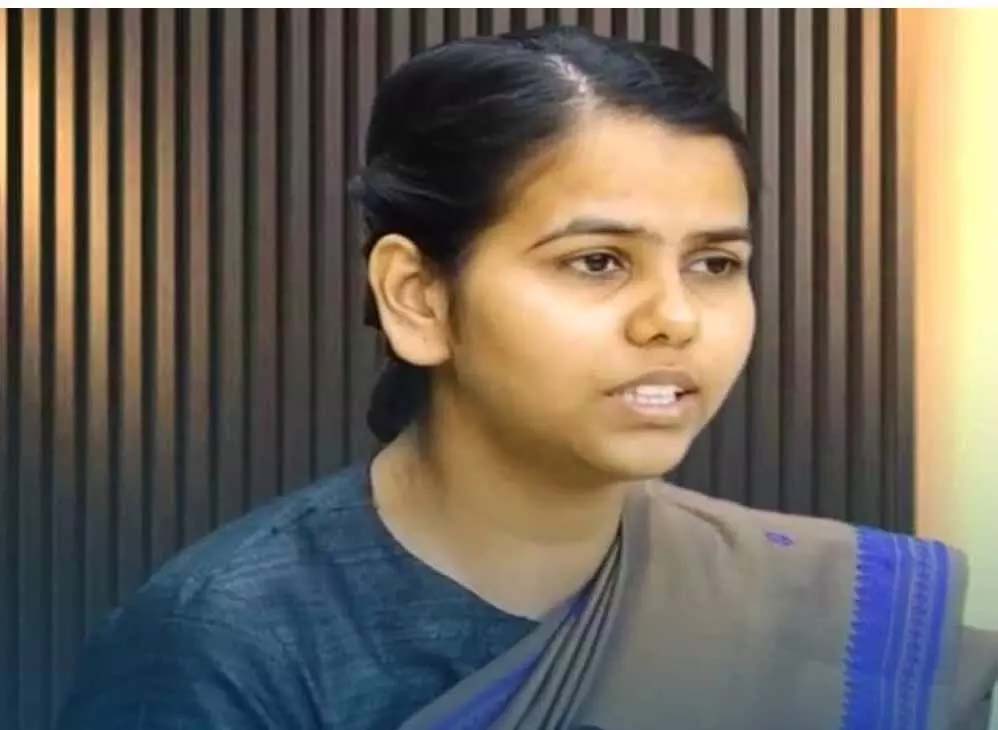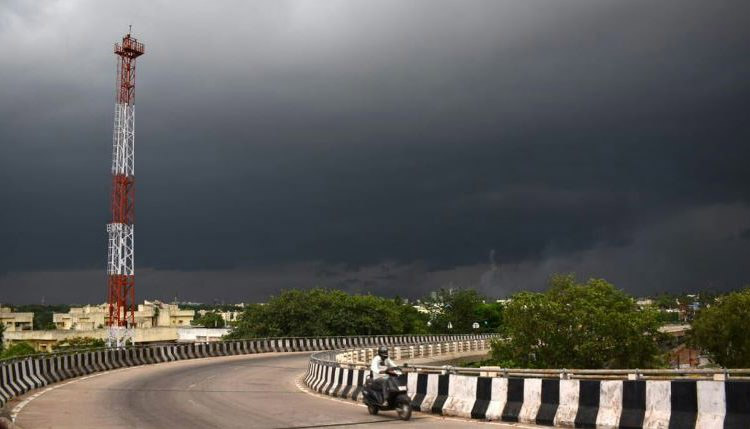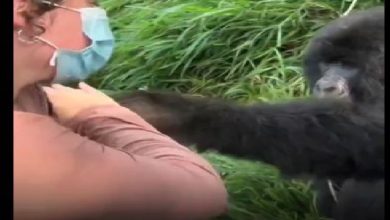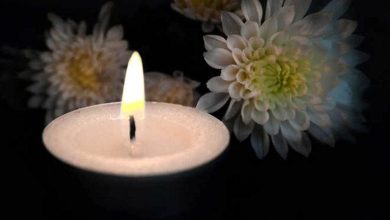Punjab: Buried soldier awaits historical justice
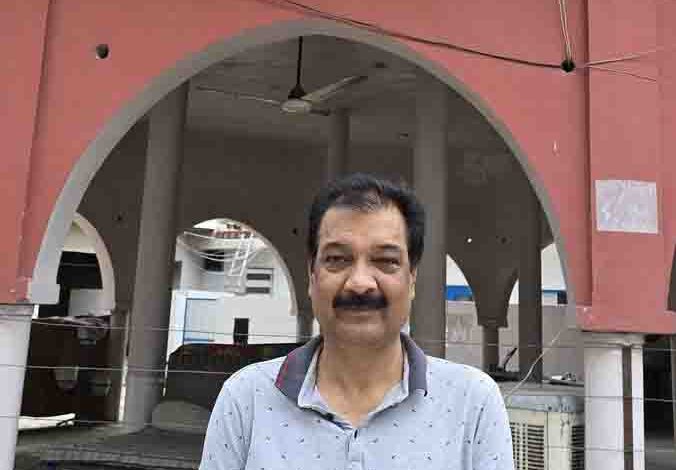
Punjab: Nearly 168 years ago, on August 1, 1857, on the orders of Amritsar Deputy Commissioner Frederick Henry Cooper, 282 Indian soldiers of the 26th Bengal Native Infantry Regiment were buried in a large well in Ajnala tehsil. The well was then covered with soil. After 157 years, historian and researcher Surinder Kochar, who played a key role in discovering the well and exhuming the skeletons of the 282 soldiers buried there, today submitted a memorandum to SDM Ajnala, Ravinder Singh Arora, requesting that the remains exhumed from the well be recovered by the local administration and displayed in a museum. The site was originally part of the main cantonment. Later, in 1972, a dargah was established there, followed by the construction of a gurudwara at the site. Kochar said he first came to know about the incident and the burial of soldiers in the well in 2006 through historical books and documents. He said, “However, on February 28, 2014, skeletons and other remains of Indian soldiers were recovered with the cooperation of locals and the Gurudwara Committee of Ajnala. The excavation was carried out in the presence of administrative officials and thousands of locals. Later, these remains were kept under the supervision of the state government and handed over to Banaras Hindu University for DNA testing.”
A decade later, Kochhar claims to have identified four families who are descendants of one of the soldiers buried in 1857. “DNA analysis of teeth found at that time helped in identifying their families. We hope to identify at least 50 families,” said Kochhar, who was a tourism advisor during the tenure of former chief minister Parkash Singh Badal and led the re-excavation. According to historians who have written on the subject, these soldiers were buried, some alive, between July 31 and August 1, 1857. 282 sepoys who rebelled against colonial rule were captured and massacred by the British army while on their way to Lahore. The incident finds mention in the writings of Gyani Hira Singh Dard, eminent Punjabi writer, historian and editor of Amritsar-based Punjabi magazine Phulwari. The relics recovered from the well include two lion-faced bracelets, three Victoria medals, a silver buckle, seven stone plaques, coins (including a one rupee coin of 1835), copper coins and other items. Kochar said these relics are currently with the former president of the gurdwara committee. He said these should be recovered immediately and preserved for exhibition in a museum. He added, “The biggest shortcoming is that while the mortal remains of the soldiers attracted attention at that time, other recovered items were neglected. With no action taken by local and state authorities, many of these relics were either sold or went into the black market.”

